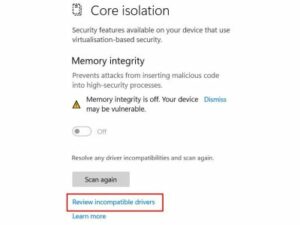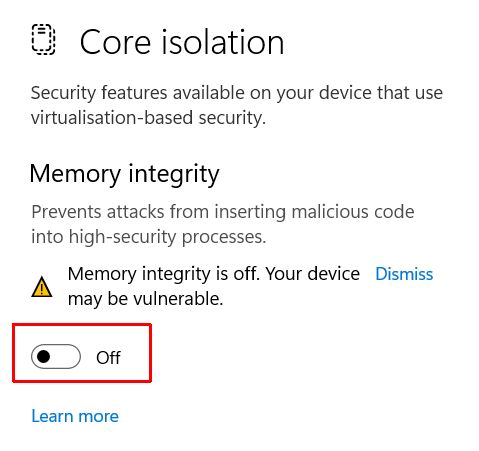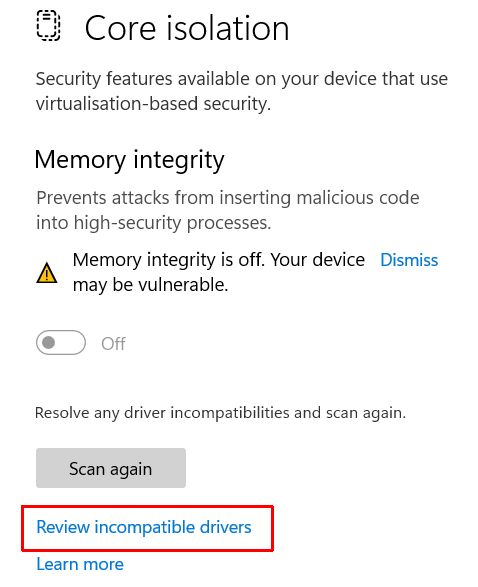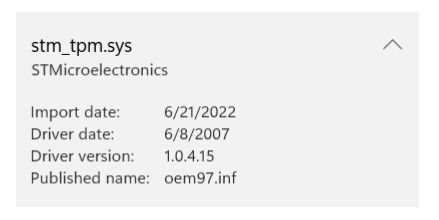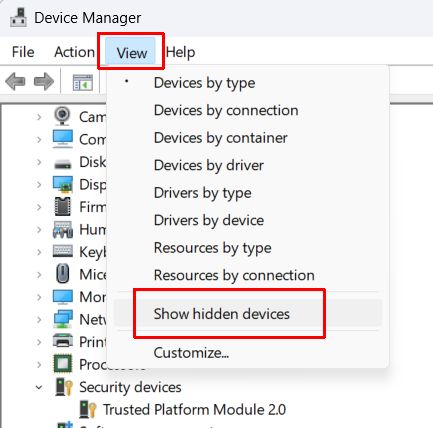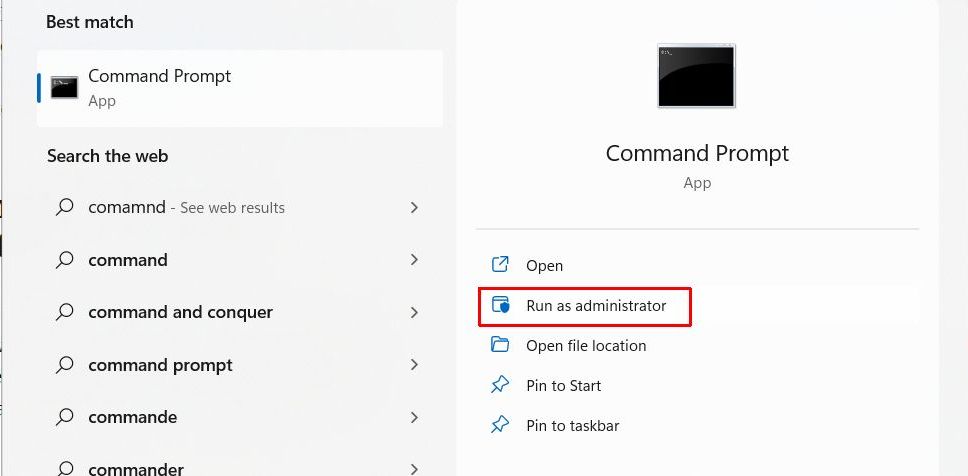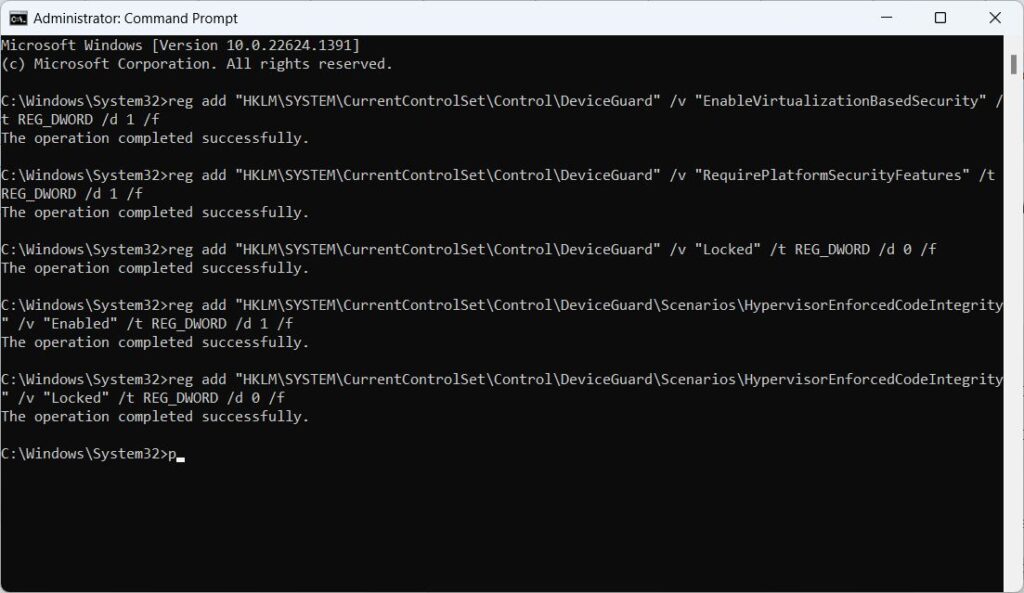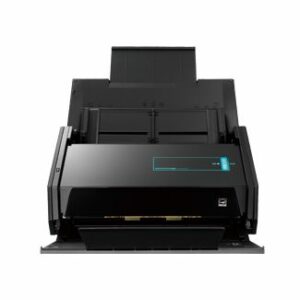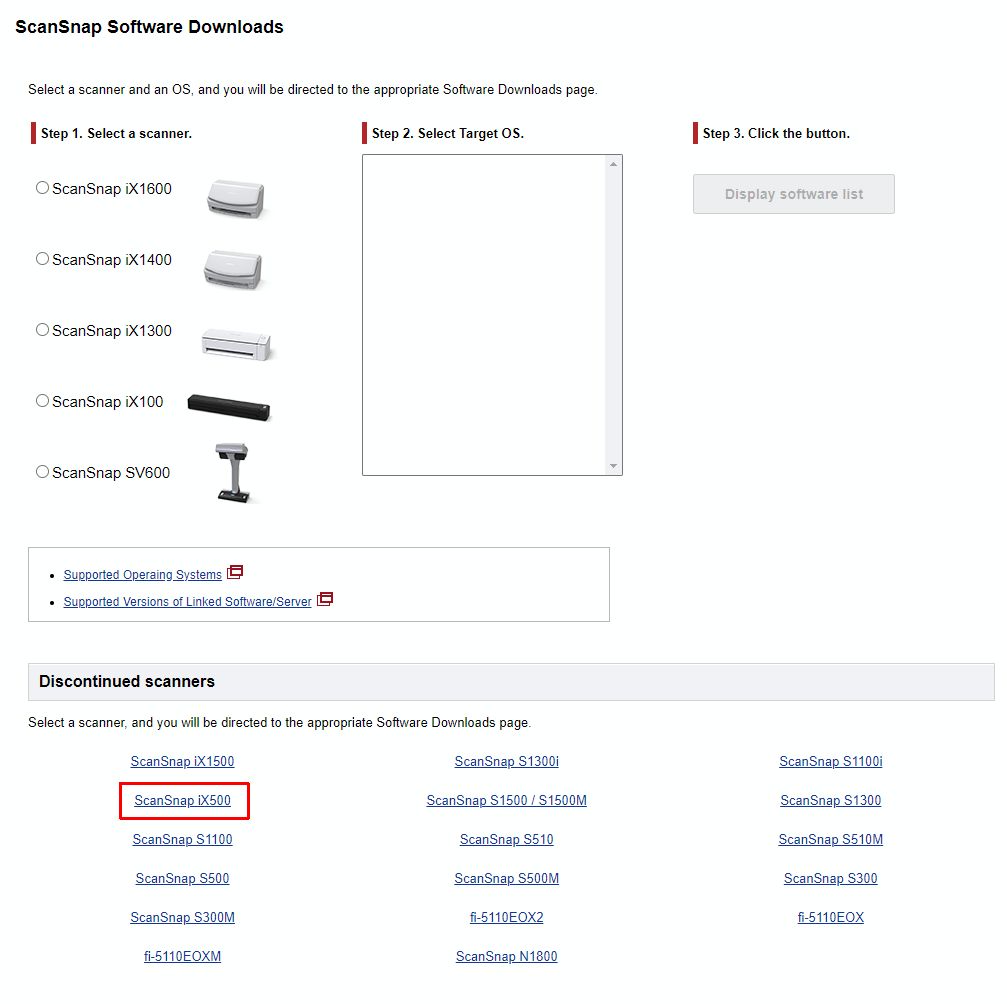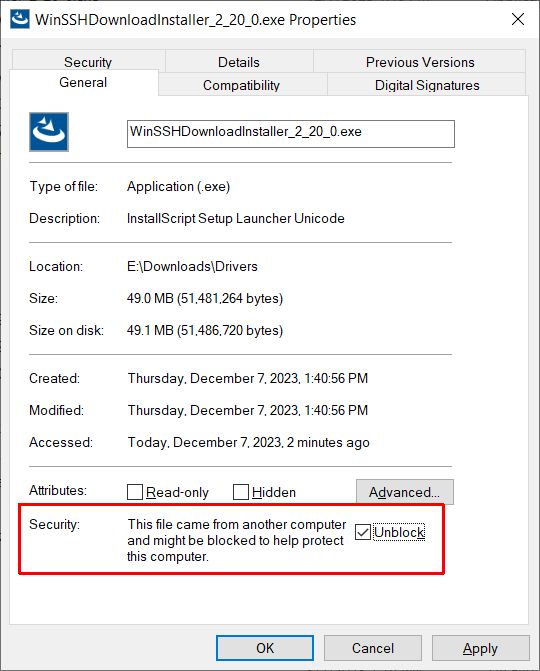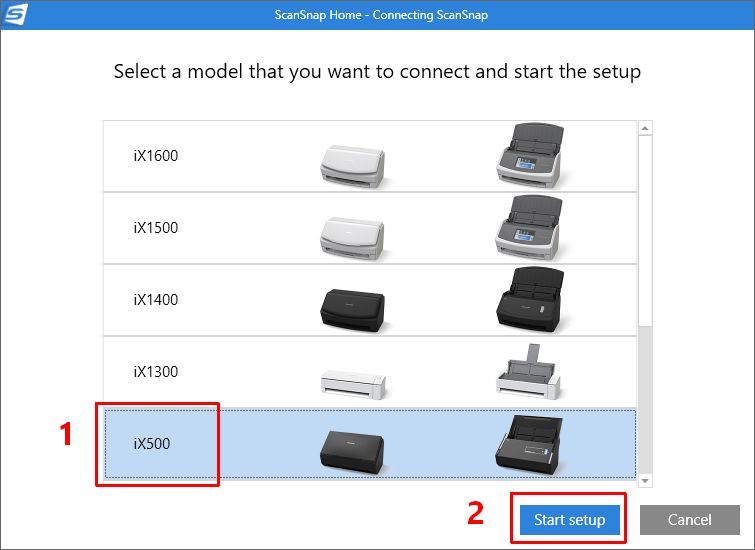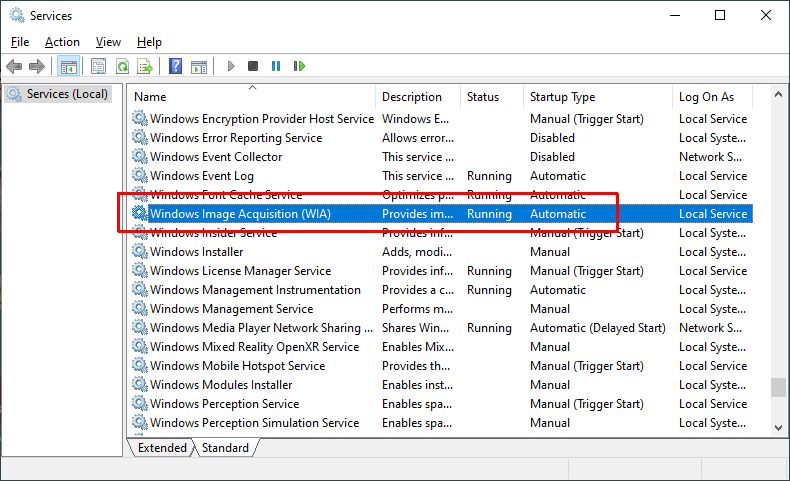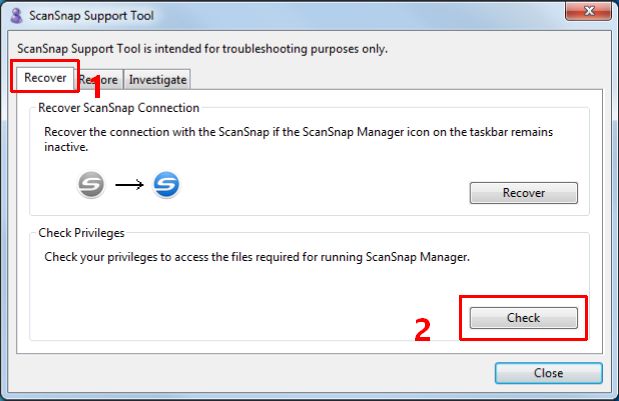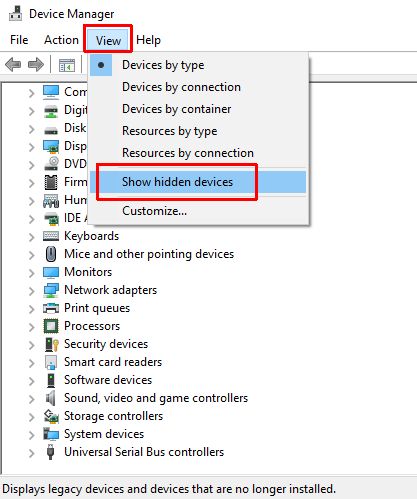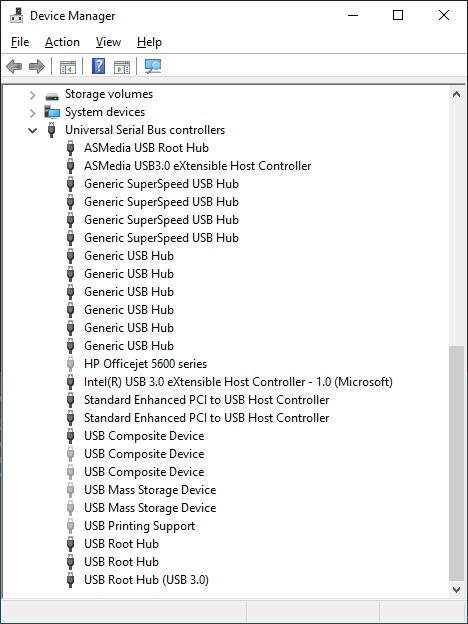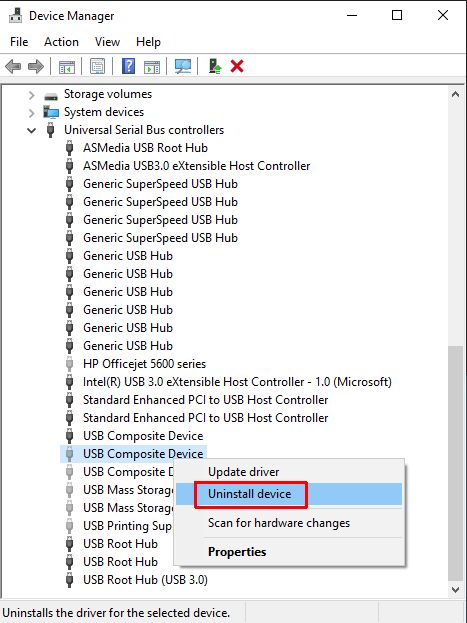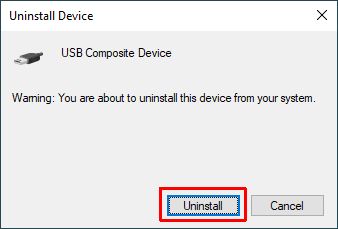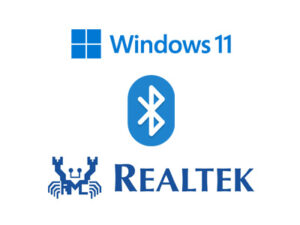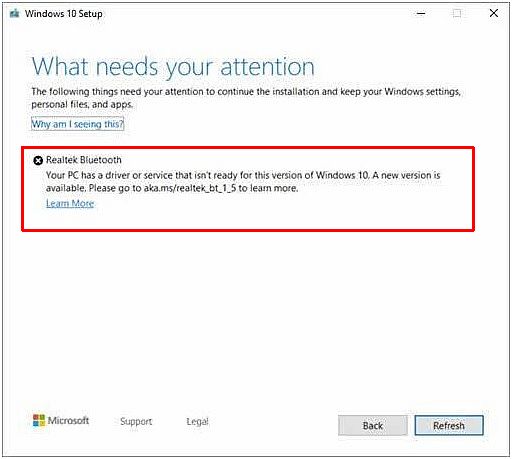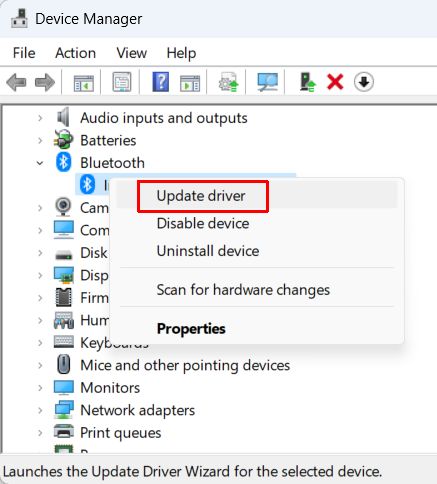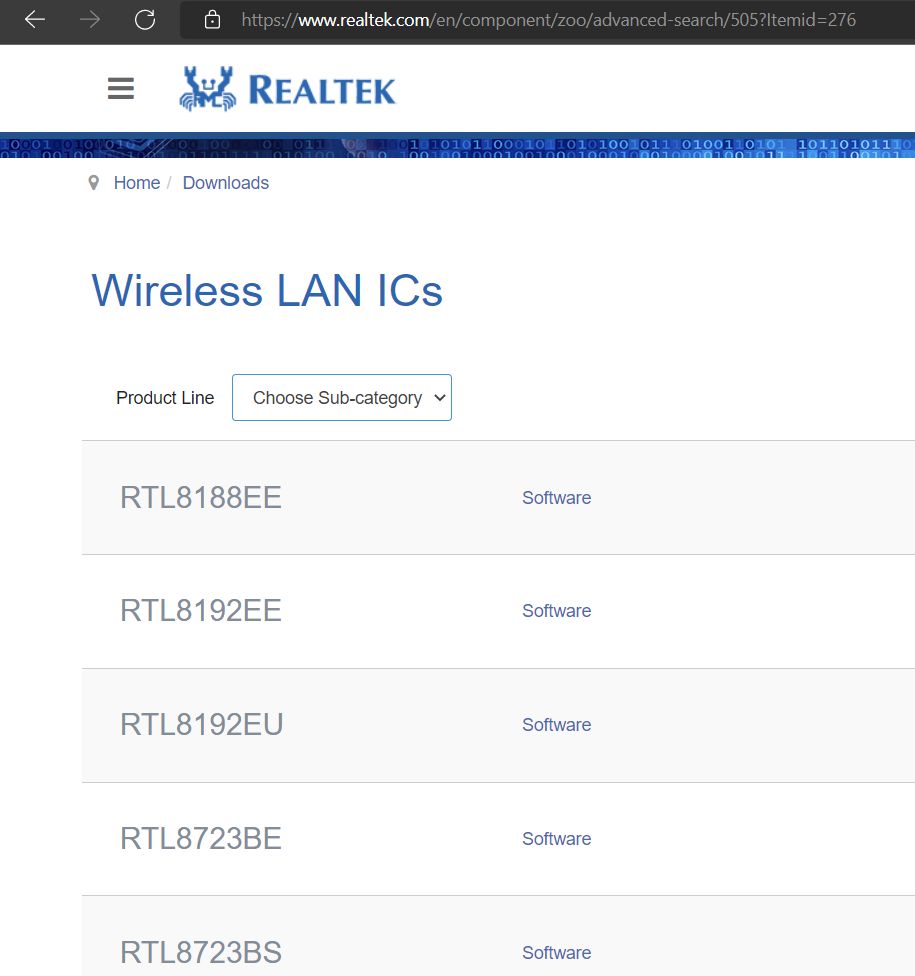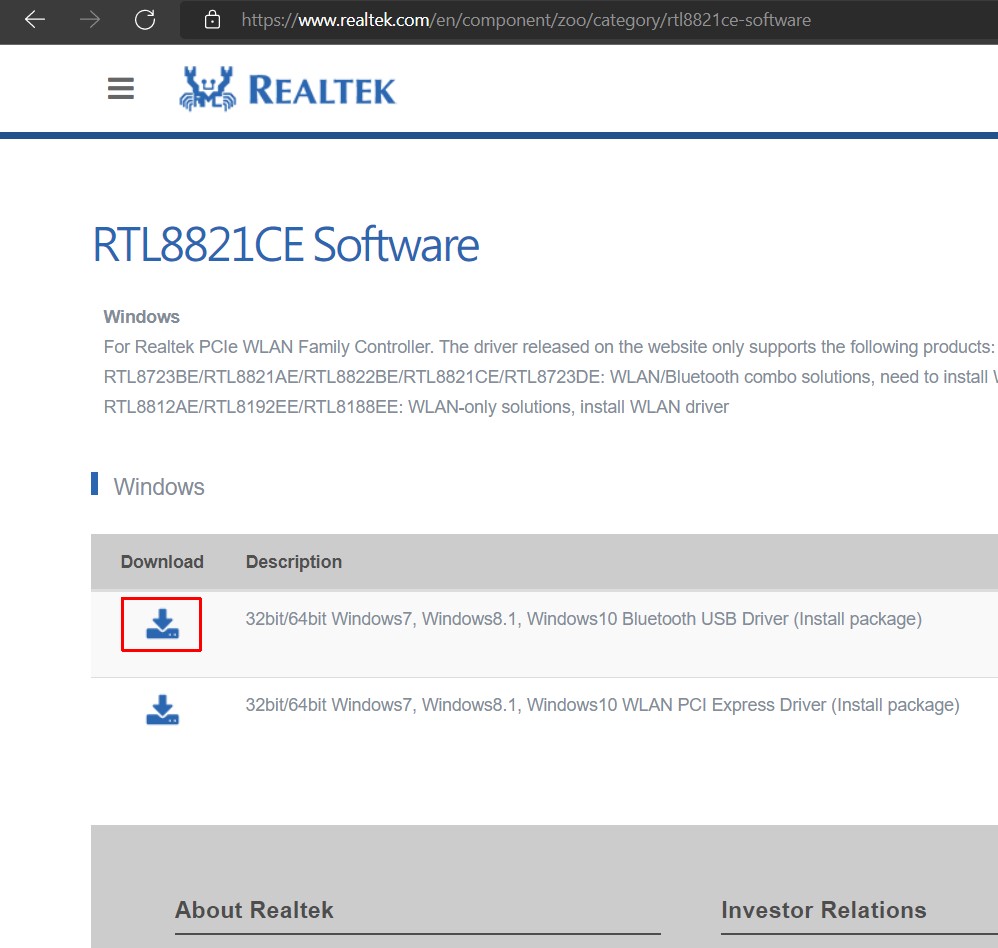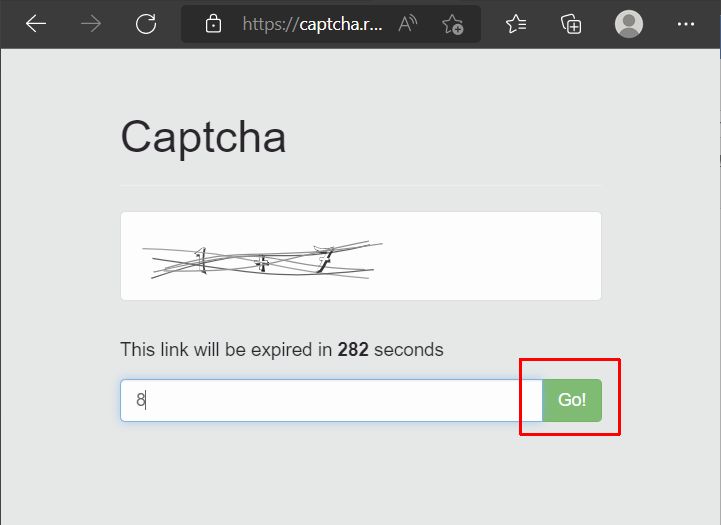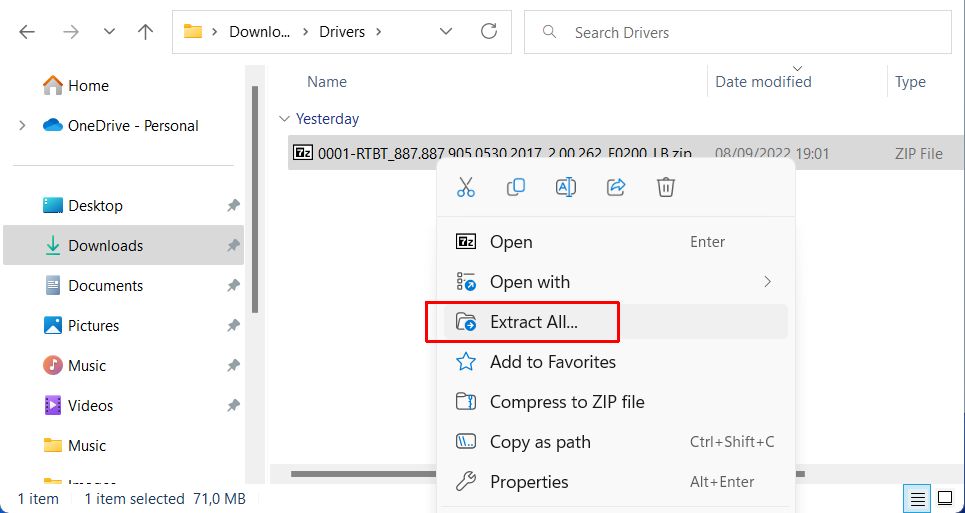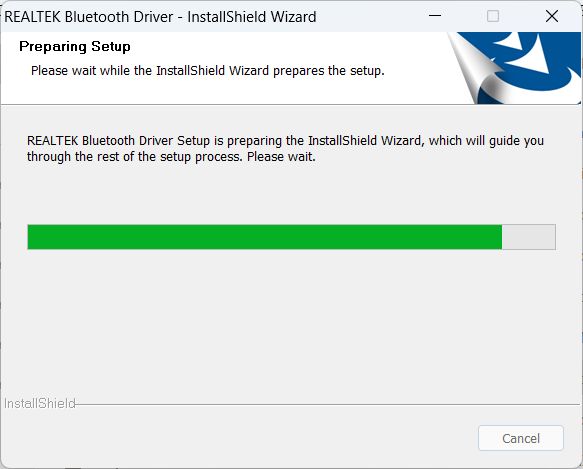The FT232R UART device is a USB to serial interface chip from a company called Future Technology Devices International, or FTDI. The chip is used in a lot of USB-to-serial dongles that are needed for devices with a serial port. Since most modern computers don’t have a serial port (COM port) anymore, using a USB dongle enables such devices to connect to a computer. For this type of dongle to be used with Windows, an FT232R USB UART driver for Windows will be required.
What Devices need a serial connection?
Devices that use an FT232R USB UART connection with a PC typically involve serial communication. These include:
- Embedded Systems & Microcontrollers – Many development boards, like Arduino Pro Mini, ESP8266, and ESP32, use FTDI chips to enable USB-to-serial communication for programming and debugging.
- Industrial Equipment – Devices such as PLC controllers, CNC machines, and factory automation systems often require a USB-to-serial adapter to connect to a PC for configuration and monitoring.
- Networking Hardware – Some routers, switches, and firewalls (especially those with serial console ports) use FTDI-based USB-to-serial adapters for initial setup and troubleshooting.
- Scientific Instruments – Lab equipment like oscilloscopes, spectrum analyzers, and data loggers may use FTDI chips to transfer data to a PC for analysis.
- Ham Radio & Communications Equipment – Many amateur radio transceivers and digital mode interfaces use FTDI-based serial adapters to connect to a PC for programming and digital communication.
- Medical Devices – Certain patient monitoring systems, infusion pumps, and diagnostic tools rely on USB-to-serial connections for data logging and software updates.
- GPS Modules & Automotive Diagnostics – Many external GPS receivers and OBD-II diagnostic tools (for vehicle troubleshooting) use FTDI-based USB-to-serial converters to communicate with diagnostic software on a PC.
- Legacy Serial Devices – Older devices like barcode scanners, cash registers, industrial scales, and POS systems often still use RS-232 interfaces, requiring an FTDI adapter for modern PC connectivity.
Installing an FT232R USB UART driver
To manually install a Windows driver for this type of device, you will first need to download the driver. In some cases, the dongle manufacturer will offer a driver download. Just visit the support site for the manufacturer and download the driver for your specific Windows version.
After downloading, run the driver executable, or follow the manual driver installation instructions to install the driver.
If the dongle manufacturer does not offer drivers, visit the FTDI site for the latest generic FT232R USB UART Drivers. You can use either the Virtual COM port drivers or the D2XX Direct drivers. After downloading, extract the ZIP file contents to a folder. Next, use the instructions from the link above to manually install the driver in Windows.
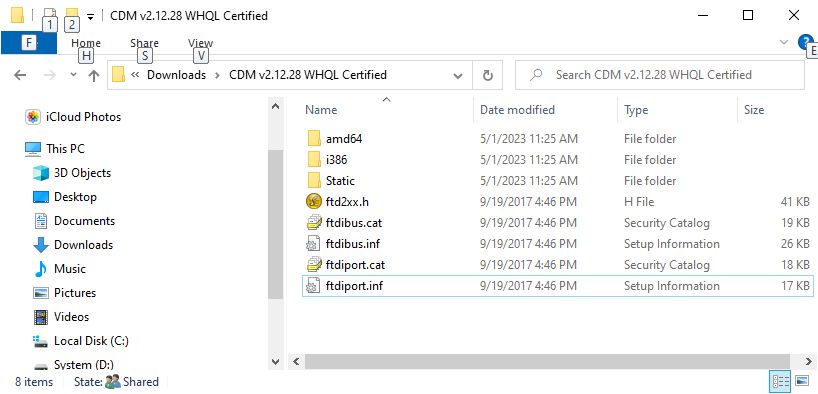
In the Device Manager, the dongle may show as an Unknown device, a FT232R USB UART device, or as a USB Serial Converter. If the device does not show, use the option Show hidden devices in the View menu, or add a setting to the System variables to show non-present devices.
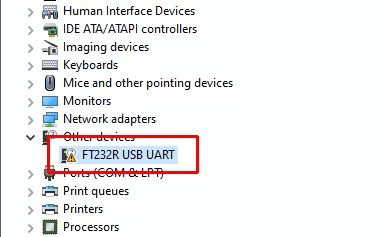
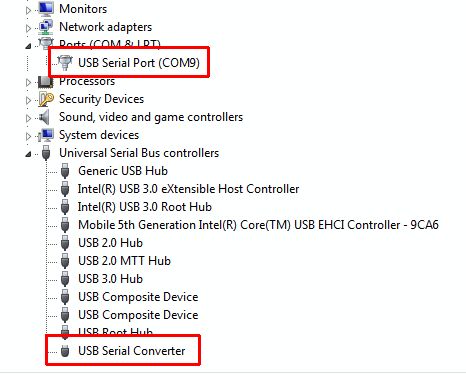
If want to automatically find and download the latest FT232R USB UART driver for Windows, we recommend using our DriverFinder program. Based on all the hardware devices in your PC, the program will find the latest drivers for those devices and recommend driver updates.
For more on USB to serial converters and their drivers, also check the article on the Prolific PL2303 driver for Windows.
Additional Troubleshooting Steps
If you encounter issues with the installation of the FT232R USB UART driver, consider the following:
- Check USB Connection – Try plugging the dongle into a different USB port or using a powered USB hub. Some ports may not provide sufficient power for proper operation.
- Reinstall the Driver – If the dongle is not recognized after installation, uninstall the driver from Device Manager and reinstall it.
- Update Windows – Ensure your Windows operating system is up to date, as missing updates can sometimes cause driver conflicts.
- Disable Driver Signature Enforcement – On some Windows versions, unsigned drivers may not install correctly. Boot into Advanced Startup and disable driver signature enforcement temporarily.
- Manually Assign COM Port – In Device Manager, right-click the FT232R USB UART device, select Properties > Port Settings > Advanced, and assign a COM port manually if necessary.
- Check for Conflicts – If another USB-to-serial device is installed, it may be causing a driver conflict. Remove unnecessary devices and restart your PC.


